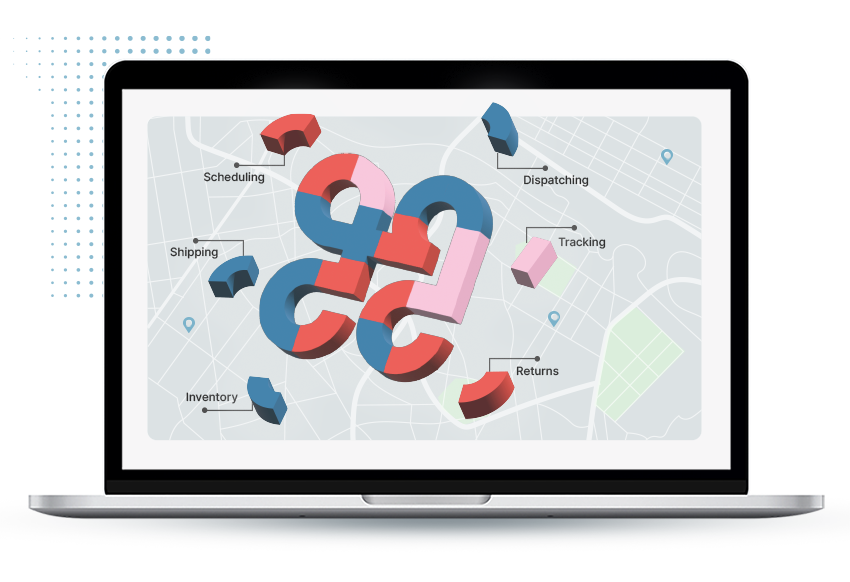Optimalizovat soutěžní návraty
In today’s fast-paced and competitive market, understanding the importance of optimizing your return strategy cannot be overstated. Recent studies show that companies that effectively implement return optimization processes not only reduce inventory costs but also significantly enhance customer satisfaction. In this article, we will delve into effective techniques and strategies for optimizing returns in a competitive landscape.
Customers today have high expectations, fueled by market leaders who have streamlined their return processes. As a result, businesses must adapt rapidly to these changes or risk losing customer loyalty. By understanding the nuances of return optimization, businesses can minimize losses while improving customer retention and satisfaction.
Throughout this article, you will learn about:
- The significance of return optimization
- Key strategies for enhancing return processes
- Real-life case studies on effective return management
- Tools and technologies that aid in return optimization
Let’s dive into the essential aspects of optimizing competitive returns.
Understanding the Importance of Return Optimization
The Financial Impact
Return optimization has a direct impact on a company’s bottom line. According to industry reports, returns account for nearly 20% of all e-commerce sales. This staggering statistic underlines the necessity for firms to invest in streamlined return processes to mitigate financial losses.
Enhancing Customer Experience
Customers prioritize hassle-free return experiences. A study revealed that 67% of shoppers would think twice about a purchase if they knew the return process would be difficult. Companies that prioritize easy return processes not only attract more customers but also retain them more effectively.
Building Brand Loyalty
Effective return strategies can foster trust and loyalty among customers. Companies that allow easy returns signal that they value the customer experience, which can result in repeat business. As research shows, customers are likely to return to brands they trust when shopping online.
Key Strategies for Enhancing Return Processes
Establish Clear Return Policies
Having a clear and concise return policy is paramount. This includes specifying timeframes for returns, acceptable conditions for returns, and any associated costs. A transparent policy encourages more confident purchasing decisions.
Streamlined Processes
Implementing processes that simplify returns is essential. This includes leveraging technology such as return management software to track returns and manage inventory efficiently. By optimizing these processes, companies can significantly reduce the time and money spent on returns.
Utilize Return Labels
Providing customers with prepaid return labels simplifies the process. This enhances customer satisfaction and paves the way for smoother returns.
Incorporate Customer Feedback
Listening to customer feedback is vital for ongoing improvement. Gathering insights on the return experience can guide companies in fine-tuning their policies and procedures. Using surveys or direct feedback forms can facilitate this process.
Real-Life Case Studies on Effective Return Management
Case Study: Zappos
Zappos is often hailed as a leader in customer service and return management. Their unconditional 365-day return policy not only boosts sales but also enhances customer trust. Zappos invests in creating a seamless return experience, reinforcing their commitment to customer satisfaction.
Case Study: Amazon
Amazon’s easy return policies have set the industry standard. With a robust return management system in place, customers can easily return products—often without any associated fees. This efficiency has made Amazon a dominant player in the e-commerce space.
Tools and Technologies that Aid in Return Optimization
Return Management Software
Investing in dedicated return management software is crucial for businesses looking to optimize their return strategies. Such tools help monitor return patterns and identify issues in the return process.
Analytics Tools
Leveraging data analytics tools can provide insights into return trends. By analyzing this data, companies can make informed decisions aimed at reducing return rates.
Inventory Management Systems
Integrating inventory management systems can help businesses efficiently manage their stock levels post-return. This ensures that they are not overstocked while experiencing a high return rate.
Conclusion
Optimizing competitive returns is not just about reducing losses; it is a strategy aimed at improving customer satisfaction and enhancing brand loyalty. By understanding the importance of return policies, employing effective strategies, and utilizing technological tools, businesses can significantly transform their return processes.
In conclusion, companies should focus on transparency, efficiency, and continuous learning from customer feedback to create a return strategy that is both effective and customer-friendly. As we’ve highlighted, successful companies like Zappos and Amazon demonstrate that well-optimized returns not only reduce costs but also lead to increased customer retention.
For more insights into return optimization strategies, feel free to explore similar articles like this one. Remember that every return is an opportunity for improvement and growth.

